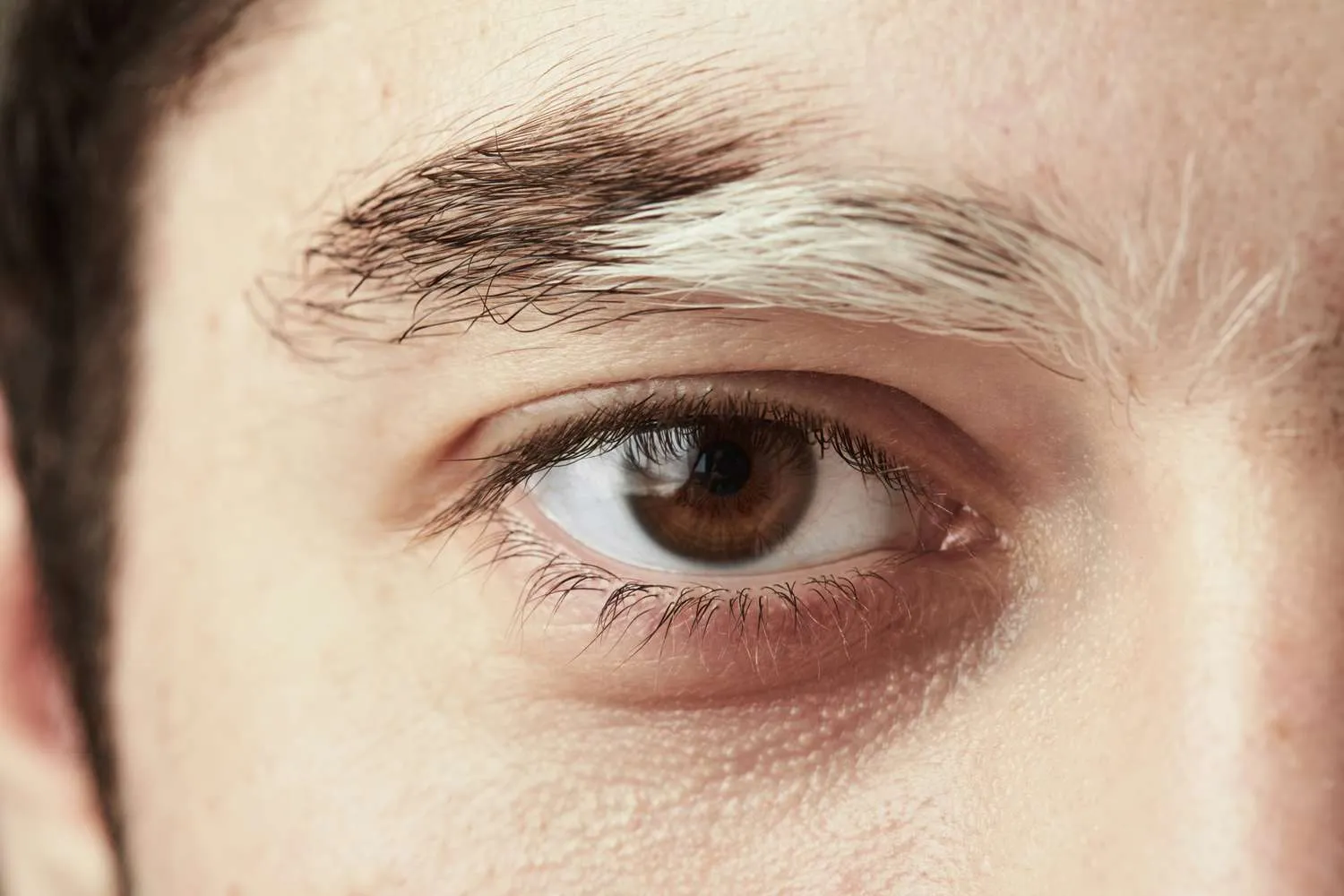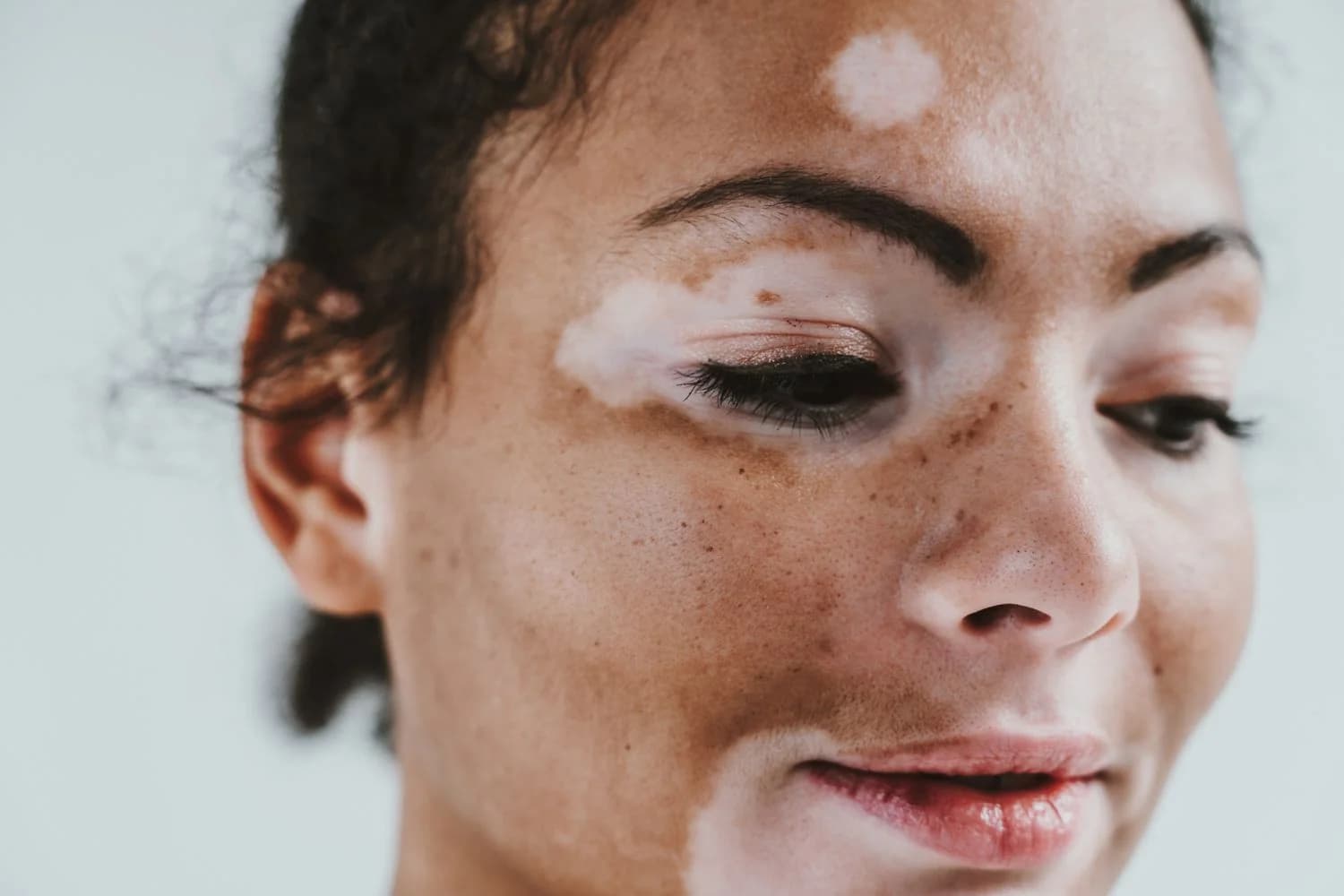Vitiligo is a chronic autoimmune disorder that will make your skin lose pigment or color. Smooth white or light areas called macules or patches appear on your skin. Your immune system defends your body from viruses, bacteria, and infection; but in those with Vitiligo, the immune cells attack the body’s healthy tissues by mistake. Although it generally starts on the hands, it will progress to the forearms, feet, and face. The pale areas of the skin are more vulnerable to sunburn, so it's important to take extra care when in the sun and use sunscreen with a high sun protection factor (SPF). Some of the most famous people with vitiligo are on this list.
Who Gets Vitiligo?
Vitiligo may happen to anyone at any age. But in most cases, the white patches begin before age 20, or even start in early childhood. Vitiligo seems to be more common in people who have a family history of the disorder or who have certain autoimmune diseases, including:
Addison’s disease
Pernicious anemia
Psoriasis
Rheumatoid arthritis
Systemic lupus erythematosus
Thyroid disease
Type 1 diabetes

How does vitiligo start and progress?
Vitiligo begins with a few small white macules on the head, forearms, feet, or face. These patches may spread over your body and even reach your eyes and inner ears. Sometimes, larger patches continue to widen and spread, but they usually stay in the same place for years. Some people experience a few depigmented areas, while others have a widespread loss of skin color.
What are the types of vitiligo?
Types of vitiligo include:
Generalized: The most common type causes macules in various places on your body.
Segmental: Only affecting one side of the body or one area, such as the hands or face.
Mucosal: Affecting mucous membranes of mouth and/or genitals.
Focal: A rare type where the macules develop in a small area and don’t spread in a certain pattern within one to two years.
Trichome: Causing a bullseye with a white or colorless center, then an area of lighter pigmentation, and an area of your natural skin tone.
Universal: This rare type of vitiligo causes more than 80% of your skin to not have pigment.

Symptoms of Vitiligo
Depigmentation or the loss of natural color or pigment is the main symptom of vitiligo. These patches can appear anywhere on your body and can affect:
Skin: This develops milky-white patches, often on the hands, feet, arms, and face.
Hair: This can turn white in areas where the skin is losing pigment.
Mucous membranes: Such as the inside of your mouth or nose.
Vitiligo most commonly affects the mouth and eyes, fingers and wrists, armpits, groin, genitals, and the inside of your mouth.
What causes vitiligo?
Vitiligo is caused by the lack of a pigment called melanin in the skin. Melanin is produced by skin cells called melanocytes, and it gives your skin its color. When you have vitiligo, your body isn’t producing enough melanin in your skin. Although family history and genes play a role in causing vitiligo, some events can trigger vitiligo or worsen it such as sunburn, emotional distress, or exposure to a chemical.

Treating vitiligo
Although treatment is not necessary, if your vitiligo is making you severely unhappy, you may consider treatment. You should keep in mind, the white patches caused by vitiligo are usually permanent. Steroid creams can be used on the skin to restore some pigment, however, long-term use can cause stretch marks and thinning of the skin. Common treatments for vitiligo include:
Medications
Light therapy
Depigmentation therapy
Surgery
Counseling
Complications of vitiligo
Vitiligo may cause problems in patients. Due to a lack of melanin, your skin will be more vulnerable to the effects of the sun. Those with vitiligo should use strong sunscreen to avoid sunburn. Vitiligo may also be associated with eye problems, such as inflammation of the iris, inflammation of the middle layer of the eye, and a partial loss of hearing. People who have vitiligo may experience problems with self-esteem or confidence.
Conclusion
In conclusion, vitiligo is a long-term skin condition characterized by patches of the skin losing their pigment. The patches of skin affected become white and usually have sharp margins. The hair from the skin may also become white. While it's not life-threatening or contagious, vitiligo can be life-altering. Some people may see it as a cosmetic concern, while others may experience low self-esteem or other mental health issues due to the changes in their appearance. Although there is currently no cure, treatments are available that can help to stop or slow the progression of the disease and improve the appearance of the skin. Research into more effective treatments is ongoing.
Read more: